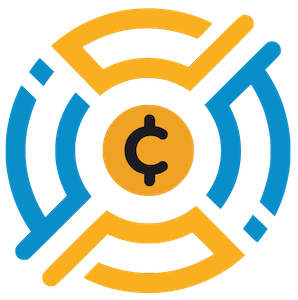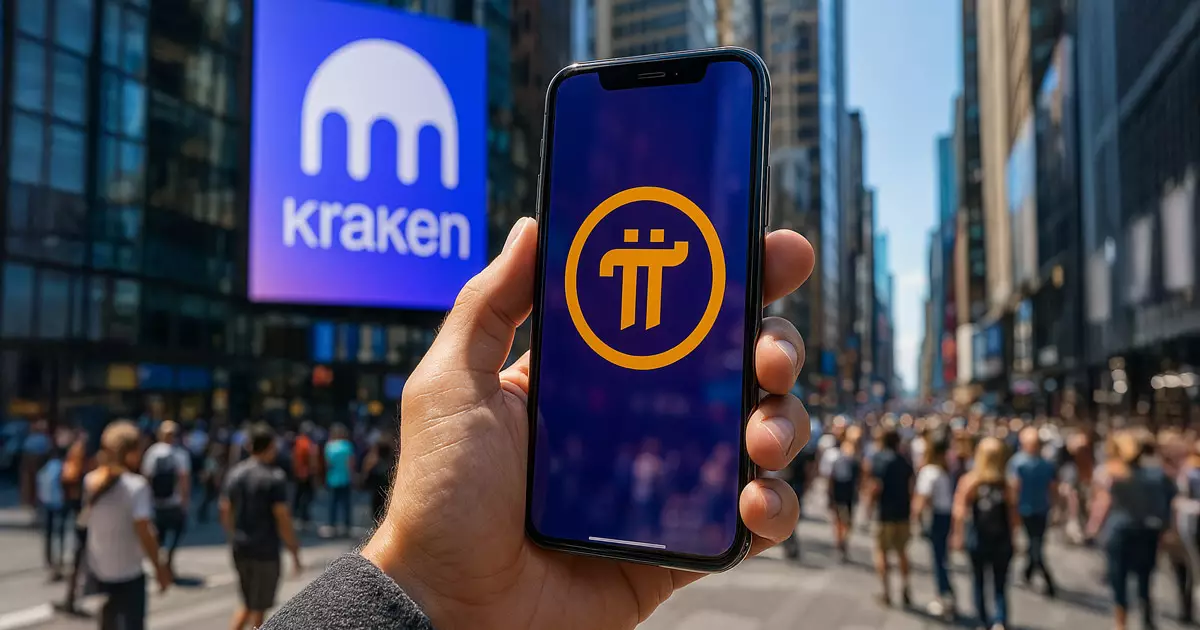In the ever-evolving world of cryptocurrency, innovation often walks hand-in-hand with volatility. Kraken’s recent introduction of perpetual futures contracts for the Pi Network’s native token, PI, stands as a testament to this reality. While the allure of leveraged trading—offering up to 20 times leverage—promises potential profits, it also presents an array of risks that could prove detrimental to investors. It is a dubious venture that invites both excitement and foreboding.
The very concept of perpetual contracts, which allow traders to hold positions indefinitely without a set expiration date, is fraught with peril. The mechanism of continuous funding rates can lead to a false sense of security among traders who believe they can outlast market downturns without consequences. As witnessed with PI’s recent trading behavior—where its price fell by over 5% to $0.77—this false confidence can quickly translate into significant financial losses.
Institutional Interest Versus Market Skepticism
On one hand, the Kraken listing of PI marks a significant milestone, representing a growing institutional interest in the token. However, that thirst for legitimacy raises questions rather than alleviates them. With PI yet to secure a foothold on major exchanges like Coinbase or Binance, investors are left grappling with a shaky foundation. The heavy concentration of the token—approximately 60% controlled by the core team—adds a veil of uncertainty that breeds skepticism.
Potential traders must confront the tough reality that despite these new contracts, PI’s underlying issues—such as its questionable decentralization and the geographic concentration of validator nodes—remain unaddressed. Vietnam’s tightening regulations complicate matters further, suggesting that the network’s decentralization ambitions may be countered by impending restrictions that can inhibit operational efficiencies.
Liquidity: A Double-Edged Sword
The promise of increased liquidity through leveraged trading is indeed tantalizing, but it comes with a severe cautionary tale. The introduction of perpetual contracts does not guarantee stability; instead, it heightens the risk of sudden price swings and increased volatility. With traders able to short PI more easily, a wave of liquidations could lead to market fallout, pushing down prices further in bearish conditions.
Moreover, what does increased liquidity truly mean for a token whose historical performance has shown it to be reactive rather than proactive in the market? The narrative of PI is still one of volatility and uncertainty, suggesting that traders might simply be sitting on a powder keg, waiting for a spark.
The Illusion of Control
Ironically, while perpetual futures may give the appearance of control over one’s investment, they often amplify fear and panic in turbulent markets. As traders navigate this complex environment, they may inadvertently fall victim to their own strategies, reacting to price movements in unpredictable ways. The risk of cascading sell-offs in a negative market sentiment is high, and it is not just the asset that suffers—investors’ mental fortitude comes under severe stress.
As Kraken celebrates this milestone, the reality remains: the mechanism of perpetual futures contracts has the potential to act as both an instrument for growth and a catalyst for chaos. Investors must tread carefully, armed with both knowledge and caution, lest they become victims of their own trading strategies amid this new, precarious landscape.

